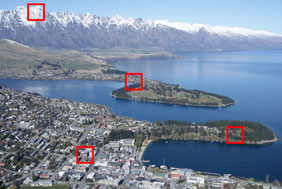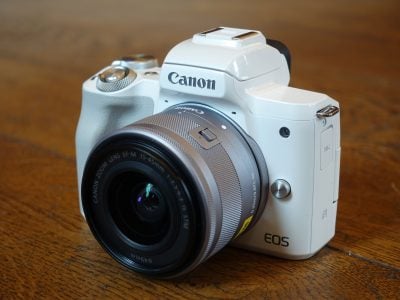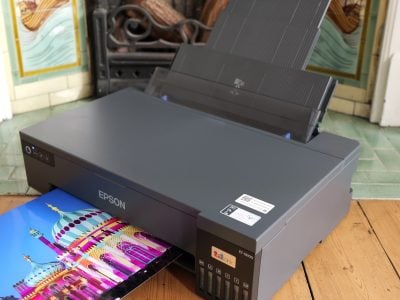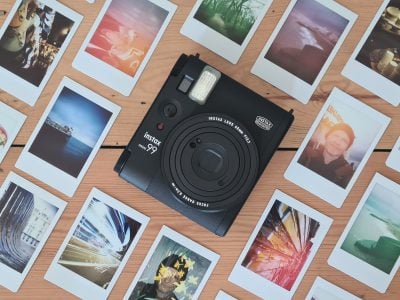Sony Alpha DSLR-A330
-
-
Written by Gordon Laing
Real-life detail - Sony Alpha DSLR-A330 vs Canon 1000D / XS vs Nikon D90
Sony Alpha DSLR-A330 with Sony DT 18-55mm SAM |
Canon EOS 1000D / Rebel XS with Canon EF-S 18-55mm IS |
Nikon D90 with Nikkor DX 18-105mm VR | ||
 |
 |
 | ||
f8, 100 ISO |
f8, 100 ISO |
f8, 200 ISO | ||
 |
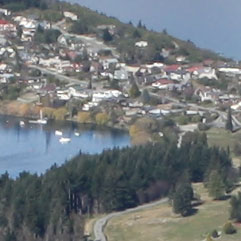 |
 | ||
f8, 100 ISO |
f8, 100 ISO |
f8, 200 ISO | ||
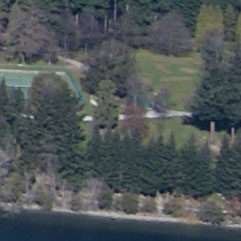 |
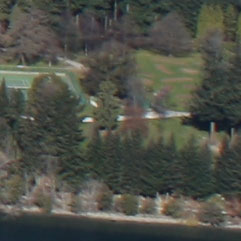 |
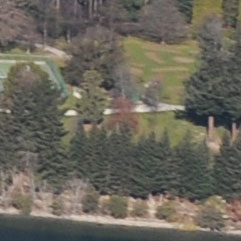 | ||
f8, 100 ISO |
f8, 100 ISO |
f8, 200 ISO | ||
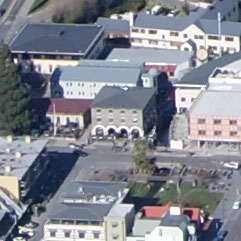 |
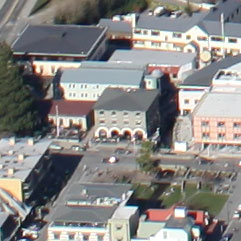 |
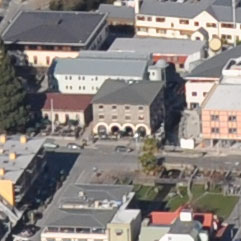 | ||
f8, 100 ISO |
f8, 100 ISO |
f8, 200 ISO |
Sony Alpha DSLR-A330: JPEG versus RAW
|
We photographed the scene pictured left using the A330’s RAW plus Large Fine JPEG mode, allowing us to directly compare images created from exactly the same data. Below are crops taken from the original JPEG file alongside the RAW version, processed in the supplied Image Data Converter SR 3.1 using the default settings. The converted RAW file using the default settings is essentially identical to the in-camera JPEG, with the same degree of real-life detail, and the same colour and tonal style; there’s evidence of fractionally greater sharpening applied to the RAW file by default, but it’s subtle. Of course tweaking the settings may deliver superior results, and shooting in RAW gives you greater flexibility when it comes to adjusting things like White Balance, but sadly we’re not seeing a boost in quality here with the defaults. Now head on over to our High ISO Noise results page to see how it compares across its sensitivity range. |
Sony Alpha DSLR-A330: JPEG with Sony DT 18-55mm SAM |
Sony Alpha DSLR-A330: RAW with Sony DT 18-55mm SAM | |
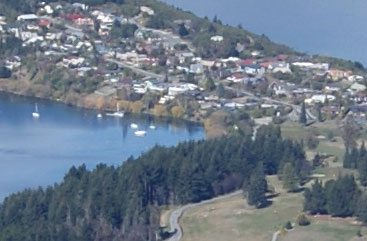 | 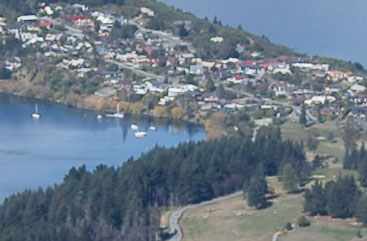 | |
f8, 100 ISO |
f8, 100 ISO |
|
|
The image above was taken with the Sony Alpha DSLR-A330 at a sensitivity of 100 ISO and the kit lens set to 50mm f8; the original Large Fine JPEG file measured 5.56MB. The crops below are taken from the areas marked by the red squares and presented at 100%.
We’ve compared the Alpha A330 against its one of its 10 Megapixel rivals here, the Canon EOS 1000D / Rebel XS, along with the Nikon D90 to illustrate what you can expect from a higher-end camera. The D90’s crops show a slightly smaller area due to its slightly higher 12.3 Megapixel resolution.
The D90 may be comfortably more expensive than the A330, but shares the same sensor and imaging pipeline as the more affordable D5000, a model that’s a little closer to the A330’s price point. So while the kit lenses supplied with each of these Nikon bodies are different, much of the image quality and character you see from the D90 across these results pages is also representative of the D5000. This particularly applies to the crops taken from near the middle of the image, where both Nikkor kit lenses perform similarly, especially when closed to f8 as here.
Like its siblings, the Alpha A330 is surprisingly restrained when it comes to image processing, delivering slightly muted colours and a lack of punchiness seen on many of its rivals. This is an image processing issue more than anything else though, and tweaking the default Standard Creative Style or switching it to Vivid, will produce a style which much of the A330’s target audience will find preferable – especially if they, as Sony hopes, are upgrading from a point-and-shoot.
The A330’s first crop taken from the top left corner of the image is impressively low on coloured fringing given the high contrast subject matter. Canon’s EOS 1000D / XS exhibits quite obvious fringing, while Nikon’s D90 avoids it with in-camera reduction. As far as we understand, the A330 does not apply digital correction – indeed there’s evidence of a little cyan fringing if you look carefully – so the result points to a good performance from the new DT 18-55mm SAM kit lens.
In terms of real-life detail, the A330 lies roughly neck-in-neck with the Canon EOS 1000D / Rebel XS, which isn’t surprising given their matching sensor resolutions. The Nikon D90 technically enjoys a 2 Megapixel advantage, but while this has delivered tighter cropped areas at 100%, there’s little evidence of additional detail.
The main differences between the cameras then are their default image processing strategies and their supplied kit lenses. Canon’s EF-S 18-55mm IS once again exhibits softness in the third of our crops, taken from towards the lower right of the image, and of course the coloured fringing mentioned earlier. Nikon’s DX 18-105mm VR performs well throughout, although its pricier and benefits from some digital corrections. Sony’s DT 18-55mm SAM turns in a good result then given its price and the fact there doesn’t appear to be any correction going on behind the scenes.
Once again though, the A330’s default image processing settings could do with a boost in sharpening and contrast though for its target audience of DSLR first-timers. Many will be disappointed by the relative lack of impact compared to compacts and even other budget DSLRs. Luckily it’s easily adjusted. Now let’s see how the same three cameras compare in terms of noise in our High ISO Results page. Alternatively if you can wait a moment, scroll down to the bottom of this page to see whether shooting in RAW gives the A330 any advantage over its in-camera JPEGs.

